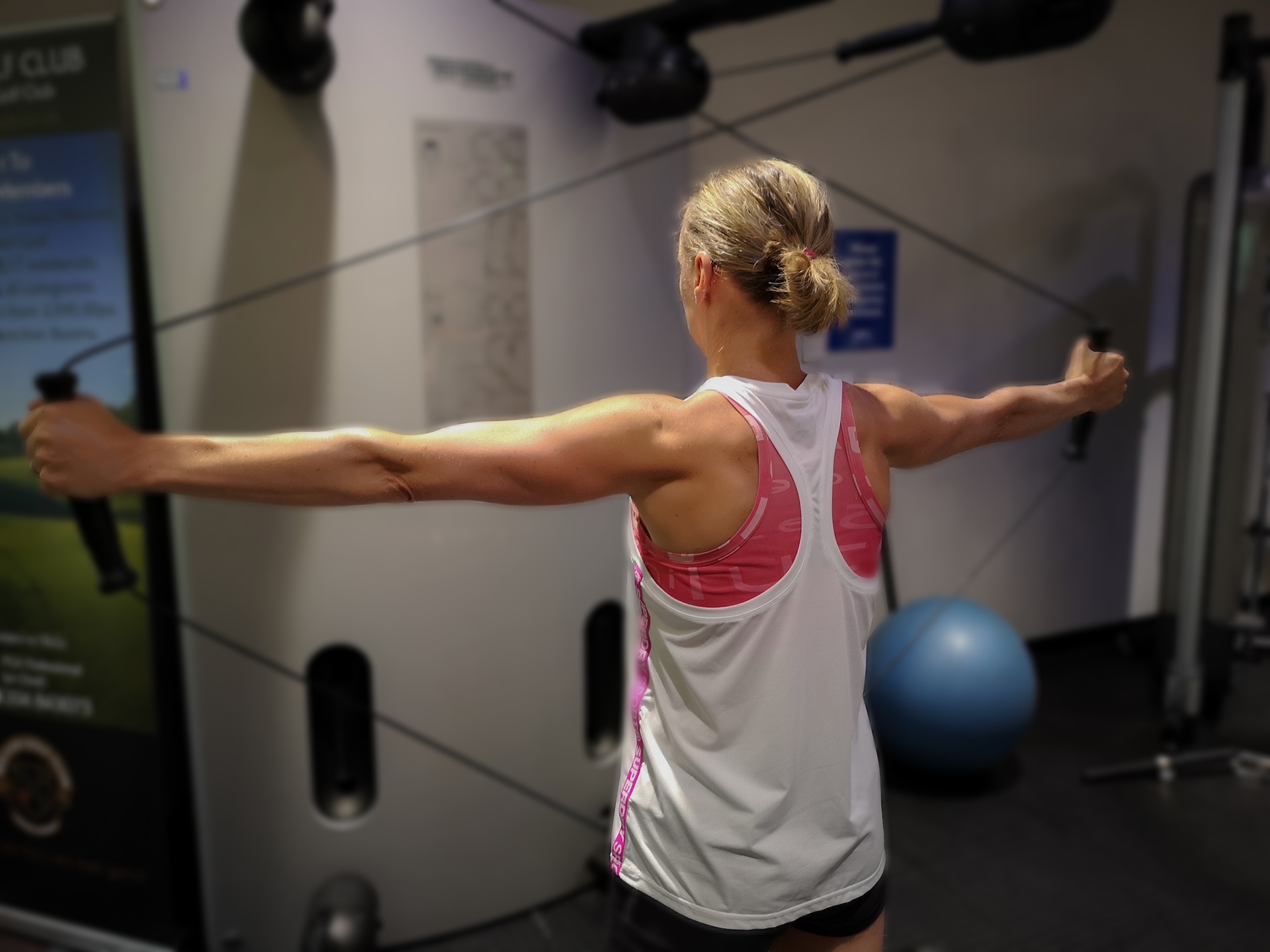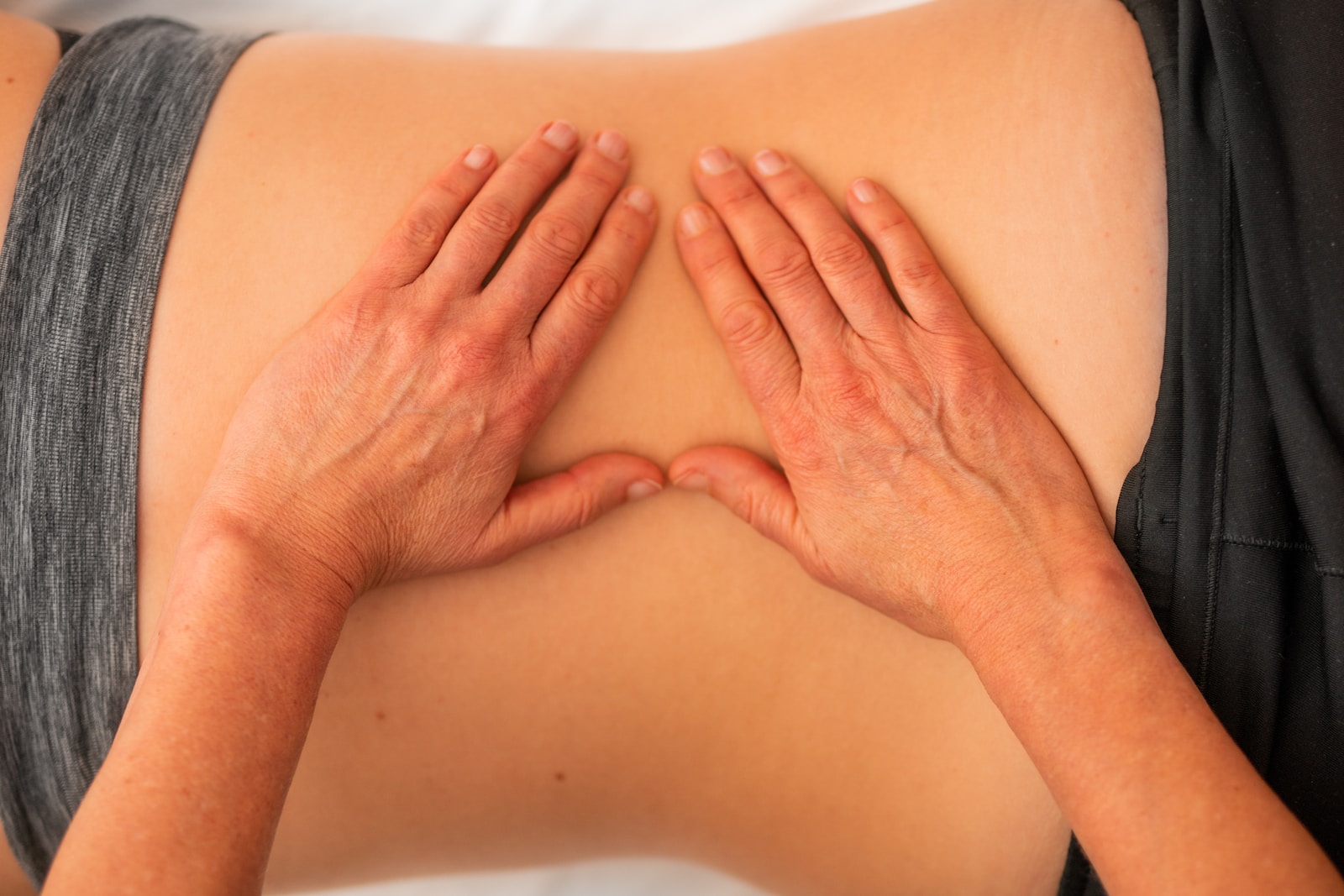With half term around the corner and snow falling across the French Alps, we wanted to take this opportunity to offer our expert advise on how to stay injury free and make sure you get the most out of your ski trip.
The conditions across France and Austria look to be superb for February skiing. Snow has been falling across areas of France over the past week, with reports of 28cms of fresh snow over a period of 48 hours, in places such as Les Arcs, Tignes and Courcheval. This stands us in good stead for some great ski conditions in France for February. If you are heading to Austria fresh snow is a little scarce, however reports from St Anton tell us they have had 30cms of fresh powder over the past 7 days, making it a haven for powder skiing over the next couple of weeks. It’s looking good for some half term skiing!
More snow is forecast across many resorts in France, Italy and Austria over the next week or two, which is fantastic news for all those who are lucky enough to be skiing this season.
For those heading out over half term, team Summit wanted to ensure you stay safe on the slopes and offer some top tips to help you reduce the risk of picking up an injury.
We all know the first thing every skier does after a hard day on the slopes is to head to the nearest bar for some après ski beers. A well deserved drink is fully deserved, however prior to settling in to one, two or maybe three beers, carry out these simple exercises below to help reduce the build up of muscular tightness and reduce the effects of a big day on the slopes:

1. Standing calf stretch: Using a step or ledge, place the balls of your feet on the edge of the step and lower your heels down, so you feel a gentle stretch in your calves, hold this for 30 seconds. Perform the same stretch with your knees bent this time, and hold for 30 seconds.

2. Standing hamstring stretch: Using a step or ledge again, place your left foot on the step keeping your knee straight, from there bend your right knee so you feel a gentle stretch in your left hamstring, hold this for 30 seconds and repeat on the right leg.

3. Standing quad stretch: Stood with your right knee bent and out in front of you (starting lunge position) raise your arms in the air and squeeze your bum, pushing your hips forward. Hold this for 30 seconds on the left along with 30 seconds on the right.

4. Posterior shoulder/triceps stretch: Ensuring your sat up tall, draw your right arm across your body using your left hand to apply some pressure above your elbow, so you can feel a gentle stretch around the back of the shoulder and in the triceps. Hold this for 30 seconds and repeat for 30 seconds with the left arm.

5. Standing chest stretch: Stood up tall, place your arm against a wall or in a doorway; hold this position while you turn your body away from the arm to feel a gentle stretch in your chest. Hold this stretch for 30 seconds and repeat it on the right and left.
When waking after a good nights sleep following a hard day on the slopes and an even harder night partying in the bars, the first thing we all want to do is get the skis on and get back out there. There’s nothing like sitting on that first chair lift for a couple of minutes followed by your first run of the morning to brush off those cobwebs and rid that sore head.
However rushing onto the slopes without doing any warm up exercises or re-hydrating can lead to an unwanted injury that could ruin your week skiing. Make sure you carry out the warm up exercises recommended below to reduce the risk of injury.


1. Neck and shoulder rotations: In standing gently rotate your neck for 30 seconds clockwise and 30 seconds anti-clockwise, followed by rotating your shoulders for 30 seconds


2. Lower back rotations and upper back rotations: Lay on your back with your arms out stretched and your knees bent, rock your knees from side to side for 30 seconds to feel a gentle stretch in your lower back. In standing with your arms outstretched twist your upper body for 30 seconds to feel a stretch in your upper back.


3. Standing hamstring and adductor (groin) stretch: In standing lift your right leg in the air keeping your knee as straight as possible as you lift your left arm in the air, lower both together and repeat this alternatively for 30 seconds at a comfortable speed on the right and left leg. Then use a wall to place your hands on, swing your leg from side to side to feel a gentle stretch in your groin area. Repeat this movement for 30 seconds on the right and left leg.

4. Standing heel taps/quad stretch: In standing gently pull your right heel towards your buttocks and push your hips forward so you can feel a gentle stretch in your quad, hold this for 5 seconds then lower down gently and repeat with the left leg. Perform this stretch on alternate legs for 30 seconds.
(All the above stretches are advised for skiers with no pre existing conditions. All stretches are advised to be completed within your limits and if you feel pain in the area before or during you should stop immediately.)
All the stretches discussed above aim to release the build up of muscular tightness after a day on the slopes, along with helping to prevent the build up of muscular tightness during your ski trip.
There are a number of different ways to help prevent injury when skiing, including carrying out a specific prehab/strength and conditioning programme prior to your trip, foam rolling when away skiing and saying no to one more beer or cocktail the night before a big day on the slopes, which we all know is extremely hard.
If you would like any more information on any of the above (especially on how to avoid that last beer) the team at Summit Physiotherapy have a vast amount of knowledge when it comes to skiing specific physiotherapy and are more than willing to help and share their knowledge. Contact us on free phone 0800 731 2738 or email getmebetter@summitphysiotherapy.co.uk.
From all the team at Summit Physiotherapy, if you are heading out on a ski trip this year, we hope you have an amazing time. Stay safe and enjoy.

References:
www.skiclub.co.uk
www.Physiotec.org



